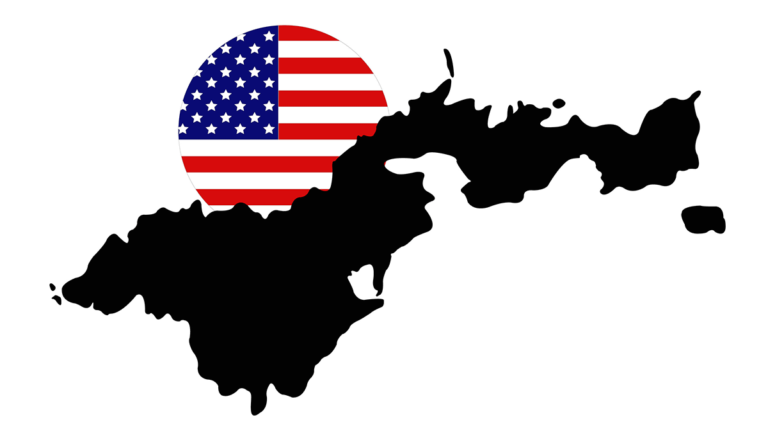“US Territory” – A Consequential Label
Researchers explored if the different colonial histories between Samoa and American Samoa created health differences among the people who live there.

Read Time: 4 minutes
Published:
This is part four of a four-part series during AAPI Heritage month to highlight the impact of colonialism on Pacific Islanders in the US territories.
Samoa and American Samoa: two distinct Pacific Island nations separated by 40 miles of sea. While they share similar names, culture, and demographics, they experienced very different colonial histories.
The Independent State of Samoa and American Samoa have been politically separated for more than 100 years. The former was controlled by Germany in 1899, followed by New Zealand at the start of World War I. In 1962, Western Samoa (as it was called until 1997) became an independent nation.
During that same time period, American Samoa has been unceasingly occupied by the United States. To this day, American Samoa remains an unincorporated, unorganized US territory. This means that American Samoans are not considered US citizens and the island continues to be included on the United Nations list of Non-Self-Governing Territories.
It should come as no surprise that the two island nations diverged as a result of their colonial and political histories. The structure, operation, and finance of their healthcare systems provide a prime example. While Samoa’s Ministry of Health is completely independent, American Samoa’s healthcare system is subject to US influence, policies, and funding regulations.
Dr. Victoria Fan led a study to explore if these colonial histories created health differences between Samoa and American Samoa. The researchers drew data from the World Health Organization and the Secretariat of the Pacific Community. They analyzed demographics, life expectancy, and causes of mortality from 2002-2013.
Territorial status in itself may affect each country’s ability to prevent and manage chronic health conditions.
Chronic diseases such as diabetes and cancer were the top causes of death in both nations. However, American Samoa had strikingly higher rates of death from these diseases. American Samoa had 1.7 and 3.6 times higher rates of death from diabetes and heart disease, respectively.
What explains these stark health differences? Socioeconomic status provides one possible explanation. Poverty is a strong predictor of death from heart disease and other chronic diseases.
In American Samoa, 57% of people live in poverty compared to only 18.8% in Independent Samoa.
These health disparities may be further explained by the two nations’ diverging political histories. Territorial status in itself may affect each country’s ability to prevent and manage chronic health conditions.
As an independent nation, Samoa’s government has autonomy to craft their health care system to reflect the needs of local communities. This is evident in the country’s PEN Fa’a Samoa initiative, which leverages community participation to improve health outcomes. The program focuses on village outreach and deploying Komiti Tumama – local women’s groups – to enhance detection and management of chronic diseases.
In contrast, American Samoa’s territorial status means their healthcare services are limited by – and dependent on – federal funds. In 2019, American Samoa’s Medicaid director told Congress “Our block grant can only afford to cover services for our only hospital and this is the priority of our government, to keep the hospital open.” This limited funding inhibits Pacific Islanders’ ability to center community health initiatives that would meet the needs of the local population.
Territorial status also limits American Samoa’s Medicaid program. Nearly 70% of American Samoans rely on Medicaid for health care. Yet the US treats the territories differently by capping Medicaid funds and fixing the reimbursement rate. The Affordable Care Act provided the territories a one-time increase in Medicaid funding. However that provision ended in 2019, which threatens to shut down vital community clinics across American Samoa.
Congress attempted to improve federal support by introducing a House bill that would increase Medicaid funding and reimbursement rates through 2025. But without a voting member in Congress, American Samoans have little power to push this through the legislature.
Territorial status is not merely a label. It imposes federal funding constraints that hamper efforts to deliver critical public health services. Being labeled a territory is a continued form of colonialism, denying island residents the autonomy to create a system that will improve the health of their communities.
Read part one of the AAPI series: Green Crime of Colonization.
Read part two of the AAPI series: A Colonizer’s Diet.
Read part three of the AAPI series: The Trauma of Colonization.
Photo via Getty Images.



